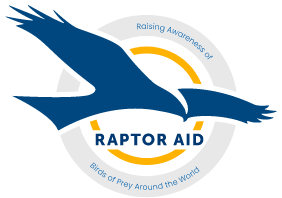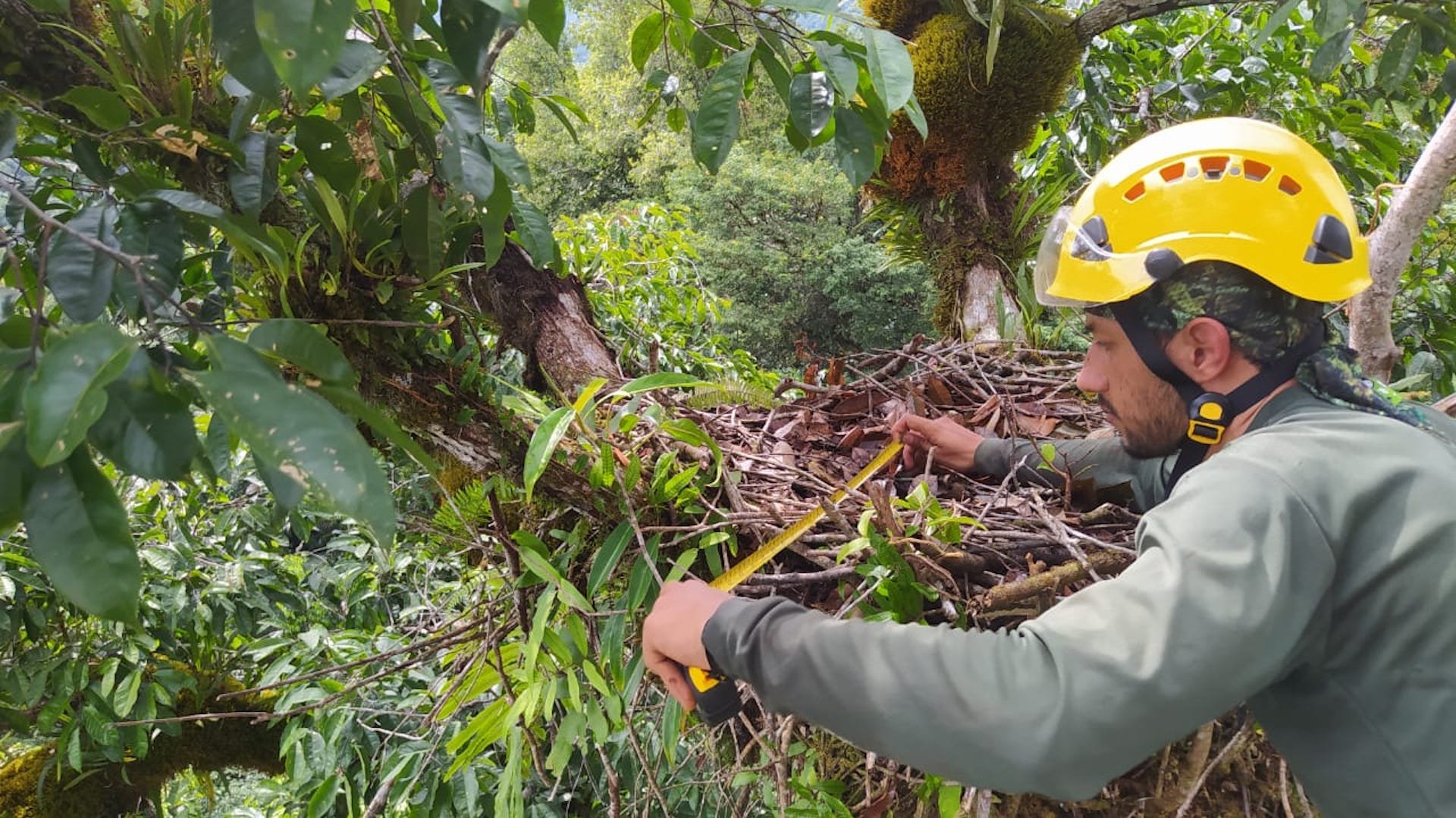Newsletter No1.
So the first official newsletter went out yesterday and those of you who haven’t subscribed to receive this can check it out below. We’d love for you to join the party by either subscribing to news and updates direct and/or if you like what Raptor Aid does then consider joining as a member!
Check out Newsletter No1. below.
Welcome.
Firstly, I must apologise for taking so long to put this together and get it sent out to welcome those of you who have kindly taken the time to subscribe or join Raptor Aid as a member. As I type this I’m sitting on my couch feeling a bit crappy after travelling back from a trip to the US and catching covid. I guess I’m lucky, however, I think this is the first time I’ve had it given that the virus has been around for over 24 months and 4 days in it feels like a common cold - I know many others haven’t been so lucky!
The virus does give me a chance to stop, look at the multiple to-do lists I write and neglect and start ticking things off! So here it is No1. in the beginnings of updates from me (Jimmi), covering the world of raptors and all things Raptor Aid. I will also endeavour to start blogging again within the website and structure any news you get in your inbox but knowing me it will be an eclectic mix of ramblings.
Here goes………
Winter Past
I didn’t know where to start other than knowing I needed to go backwards and start with the winter that had just passed. A large part of my time is spent monitoring raptors around the UK and doing this has many advantages for Raptor Aid as a charity. Firstly, it is my great passion, and whilst Raptor Aid certainly doesn’t fund any of the trips I make, the conservation work and experiences go a long way to furthering RA’s aims and objectives as a charity whilst equally making me a happier person. This might sound a bit self-centred but at the end of the day, RA was born out of my love for birds of prey and their conservation.
Secondly, having boots on the ground or up a tree as they often are with some of the best conservationists in the game helps keep RA in touch and hopefully enables me to share with you and as many people as we can what is going on with birds of prey both in the UK and abroad. I appreciate sometimes I may share an image that has no direct link to a project or person RA is involved with but like the picture above it captures people’s imagination and draws them in to understand a greater message - or at least I hope it does.
SO that image above and the winter past…..
Imagine a room with a view like that, looking straight down a beautiful Kyle in the Scottish Highlands. I’ve had a couple of trips up North this winter to build Osprey nests for the coming breeding season, some have been brand new like this one in a great location and some nests have been rebuilt because they have been blown out by winter storms. How exactly do you build an Osprey nest? Well if you’ve already got a tree that the birds have used in the past that’s a perfect start, also it helps if a nest has blown out because it’s on the floor nearby so it’s just a case of bundling it up and hauling back into the tree and rebuilding. Ospreys are site faithful and add to the nest each year so some nests get incredibly big and subsequently so heavy the tree gives in to hold them. If however, it’s a new site and you hope to attract a new pair it’s a case of picking a suitable tree, in suitable habitat and start building.
You can put a frame in the tree and use that as a base or find a nice flat-topped tree with a couple of strong limbs to start a frame on. Big sticks first, nice and wide then smaller ones to fill the centre creating a strong base, it is that straightforward. The final touch is some nice vegetation moss or marram grass in the middle, I’ve even seen seaweed in some coastal nests giving the birds something nice to lay their eggs on.
I think more of a defining factor apart from good fishing is the presence of other Ospreys. This species could be considered semi-colonial in parts of its range and up in the Highlands where I help monitor them that is certainly true. Around one Loch we visited this season we had 3 active nests and a fourth that had moved, and all were easily within an Osprey’s eyesight of each other.
Winter is also a good time to make plans for the year ahead and get data and notebooks tidied up. If someone were to hold a gun to my head and ask me what one of my raptor monitoring weaknesses is, well they wouldn’t need a gun it’s a pretty easy answer - note-taking! I’m bloody terrible for writing random stuff on random slips of paper or getting someone else to jot it down whilst I’m doing something like ringing and when I get to read it again I have no idea what they’ve written. Maybe I’m being a bit critical of myself but I have to admit I have big boots to fill when I see some of my older friends who monitor raptors and are meticulous note-takers.
What’s Occurring?
How’s the rest of 2022 gone?
We’re coming to the end of the monitoring season here in the UK and I’ll try and keep this part brief because it is worthy of a newsletter all on its own so I’ll broad brush stroke what I’ve been involved with. Monitoring always comes around quicker than I think it will and this year has been a bit mixed up because I’ve taken on some consultancy work with birds of prey.
This started with Peregrine falcons and monitoring a pair on the Britannia Bridge from the Welsh mainland over to the Isle of Anglesey. This bridge has both a highway and railway running across it and maintenance work was about to run into the Peregrine breeding season as Peregrines are protected, this work needed to stop whilst we understood where the birds might breed on the bridge. Although a pair of Peregrines showed all the right signs for breeding I didn’t observe any signs of eggs being laid on the structure and subsequently work was able to continue. It was a pleasure to work alongside the contractor and Network Rail who were both very understanding about the situation and supporting/protecting the Peregrines despite the considerable cost and headache stopping work on the bridge will have caused.
On the subject of Peregrines, you will notice the header image is a camera trap shot of a female Peregrine returning to incubate her eggs. This was part of a prey analysis study in North Wales in 2021 and we have continued this again in 2022 with 3 camera traps out, possibly more exciting is that we even have some camera traps provided to a good friend for Honey Buzzards this year!
Another trip/job which I can’t say anything about just yet has involved travelling to the US as a tree climber/rigger and raptor expert for an extensive wildlife documentary. This has meant some disruption to normal raptor monitoring including not making it down to work with friends in the Gloucestershire Raptor Monitoring Group. I have managed to monitor Tawny owls, Little owls, Barn owls and Kestrels in my home county along with a few trips north to Scotland for Osprey and White Tailed Eagle. I’ll expand in much more detail in a separate newsletter.
As a small charity, we used covid as a reset button and a review of what direction I wanted to push Raptor Aid. You may have seen we did some great online interviews with amazing raptor biologists, authors and conservation legends during the lockdown. A podcast was born out of this titled “Raptor Rambling’s” and whilst this paused over recent months I can promise it will be coming back, probably monthly throughout the winter. Another reset was the decision to switch focus from outreach visits which completely stopped during the last 2 years. I should point out that education is probably the biggest thing we use to fulfil being a charity and is critically important to RA but trying to build a charity focused on outreach education run by one person who also has a family farm/business to run wasn’t sustainable.
Where possible I will continue to carry out outreach workshops at larger events such as science fairs and I do have another idea for schools planned with a friend of RA. With this in mind, the trustees decided to redesign the RA website and focus on our shop and a new grant scheme. It’s still early days for the grant scheme but it’s something I’m so passionate about growing. I love meeting people with a passion for birds of prey and the environment and when I think back to how RA began as a blog long before charitable status, it was always about sharing news and highlighting the amazing work of other people. I believe in building a community of people who want to make a real difference for birds of prey and the environment where ever they are in the world and I can’t do that without your help.
Giving grants isn’t alien to RA and again this is probably worthy of a separate write-up. Those of you who have followed us for some time may remember we have supported conservationists across the UK, the Philippines, Falklands and again for 2022 we have funded the training of raptor biologists in South America with tree climbing to aid their raptor monitoring (See image below of Mateo doing his thing monitoring eagles in Ecuador).
I’m sure there’s plenty I have forgotten or omitted but I think that’s enough ‘Raptor Rambling’ from me for the first newsletter. Thank you for taking the time to read this and if you think of any friends who may be interested then a share is also appreciated. You can keep up to date with what Raptor Aid is up to using the social media links below and the blog on the website.
Yours in raptors,
Jimmi x



